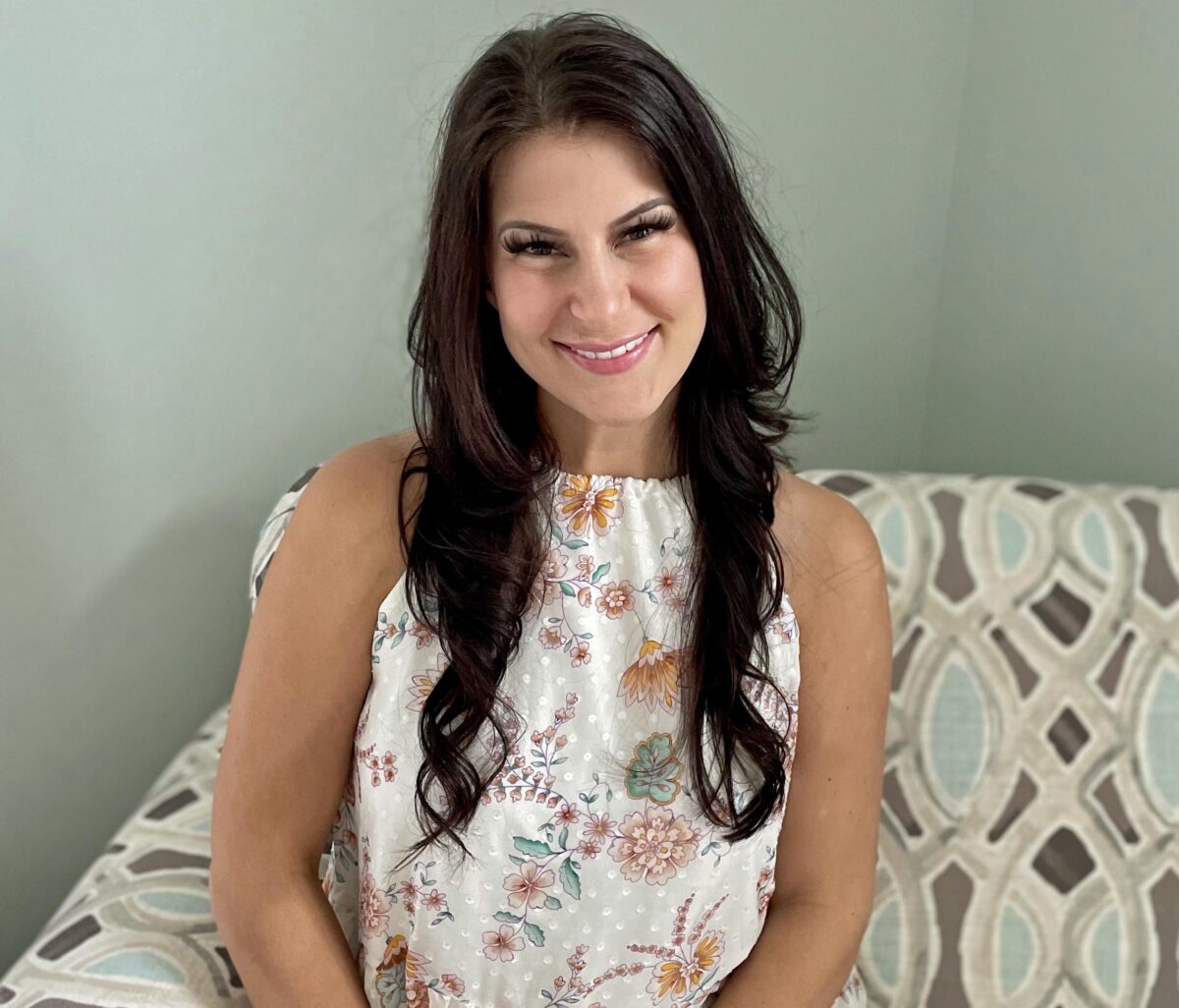In Vivian Health’s ongoing Rx for Success series, we profile a healthcare provider from our platform each week, highlighting critical career moments fueling their renewed passion for healthcare.
“I really like the excitement of it!” emergency department (ED) registered nurse (RN) Kelsey Foor explained during a recent catch-up with Vivian Health. “I love doing traumas. I just wanted that higher adrenaline rush, taking care of patients in that way rather than the schedule of med-surg nursing.”
When we spoke to Foor, she was on a travel nurse contract in upstate New York. In recent years, she and her husband have been crisscrossing the U.S. together in an RV with their three huskies as she goes from one travel nursing assignment to the next. RVing is something she has in common with telemetry travel nurse Anna Springer, who travels from job to job in an Airstream with her husband.
Getting Comfortable at the Bedside Before Becoming an ED Nurse
Foor always wanted to work as an emergency department nurse, sometimes referred to as an emergency room or ER nurse. However, that role wasn’t her first stop in the world of healthcare.
“I know people can jump right into the ED, but I really wanted to get bedside nursing down,” Foor said. “So, I was first a bedside float nurse for six years on about 12 different units in the hospital. I actually loved jumping around. Working bedside kind of helps you with people that are in their most vulnerable situations.”
After six years, Foor felt it was time to move on to her ultimate goal of working in the ER.
“I started at a very small ER until I felt more comfortable. You’re relearning nursing when you go down to the ER,” she said. “Whether you’ve been a nurse for years or months, you have to relearn everything.”
After getting her bearings, Foor transferred to a level one trauma center. Level one trauma centers, often located at major hospitals, have a staff of emergency doctors and surgeons in nearly all specialties available around the clock to deal with the most difficult trauma cases.
“That’s your big traumas – gunshots, stabbings, car wrecks,” explained Foor. “So it was more exciting. I hate to say that, but it’s exciting down there, even though you’re dealing with the worst first.”
Foor makes no bones about the challenges of such a dynamic and fast-paced environment.
“It is difficult to work, so it’s not for everyone,” stressed Foor. “You’re meeting patients sometimes at the door, sometimes on the helipads, and you’re coming down with them to our trauma bay. If they’re really bad, we take them up to the operating room, doing compressions, pushing blood, whatever you have to do to stabilize them.”
“The ER is definitely a stressful place. You have to be on top of your game. If you are a scheduled person, you just have to learn to be flexible.”
Being a Calm in the Storm for Her Patients

Foor walked Vivian through a long list of non-medical factors that can challenge an ED nurse, including the presence of yelling, upset families and wards overcrowded with patients ever since the COVID-19 pandemic.
Following this rundown, you might wonder if she stays inspired in a job with so much hubbub. She explained that while most days on the job are hard, there’s typically always one patient each day that reminds her why she chose this career.
Foor recalled one man living with Down’s Syndrome who frequented her ED. Because this patient would often become unsettled by the din of the environment, he was usually restrained, which she found sad.
Drawing on her years of bedside nursing, she found herself developing a rapport with the patient, who could maintain a more calm demeanor under her care. Eventually, ED staff was able to safely remove him from restraints during his stay.
“One of the doctors said to me, ‘If it weren’t for you, this patient would be restrained upstairs,’” said Foor. “It’s great that we’re able to provide for patients going through a stressful situation in the ER. And because that patient and I were together so many days, he trusted me to take care of him.”
Exploring Other Pursuits through Travel Nursing
Like so many healthcare professionals, Foor began to feel burnt out during the height of the COVID-19 pandemic. She decided to leave nursing and pursue her interests as an entrepreneur temporarily. For a time, she helped her husband launch a business growing microgreens, while she also started a lollipop business that remains in operation.
“I was thriving at that, but then I was like, oh man, I miss nursing,” she explained. “I decided just to take a local travel nurse job and feel it out, and I worked part-time in my lollipop business for a while.”
RELATED: Rx for Success: Telemetry Nurse Anthony Swain Inspires Nurses to Reach Their Financial Potential
After testing the waters in a few travel roles, Foor decided to go into travel nursing full-time, handing the lollipop business over to her sister-in-law.
“My husband said, ‘Let’s get an RV and start traveling,’” Foor recalled. “We have never stayed in a camper in our life. So we were learning how to do that and travel, and we went to Texas, where I started my first big travel job.”
The transition from a staff position to a series of travel positions was, for one thing, an exercise in confidence building for Foor.
“Having the confidence to walk into a new hospital is hard for every nurse, no matter what you’re doing, but especially in the ER because it’s always chaos when you walk into an ER.”
Experiencing a Simplified Job Search with Vivian

Despite a potentially chaotic work environment as an emergency department RN, one area of calm and simplicity for Foor is using the Vivian app (Apple / Android) to search for travel nurse positions.
“I tell everyone now, get on Vivian,” she said. “Before using Vivian, I was signed up with 13 different travel agencies, and I was just always comparing on my computer with 12 different tabs open. Then I finally got on Vivian, and it really breaks everything down for you.”
In addition to the flexibility possible with a travel nursing career, Foor sees it as enhancing her capabilities.
“I feel like it’s really built me up as a nurse by learning the different flows from each hospital. I’ve been teaching nursing students here in upstate New York in the ER. So even just helping precept them as a traveler, it’s such an honor to do that because you’re imprinting on them all the things you’ve learned from all these places and teaching them.”
RELATED: Rx for Success: Venessa Thompson, RN, Renews Her Passion for Trauma ICU Nursing through Mentorship
Now, Foor doesn’t see herself working anywhere besides the emergency department as an ED nurse.
“I think the ER was just always my calling, and I think that I’ll stay there forever.”
Follow your career aspirations as a travel emergency room nurse by searching for jobs on Vivian.









